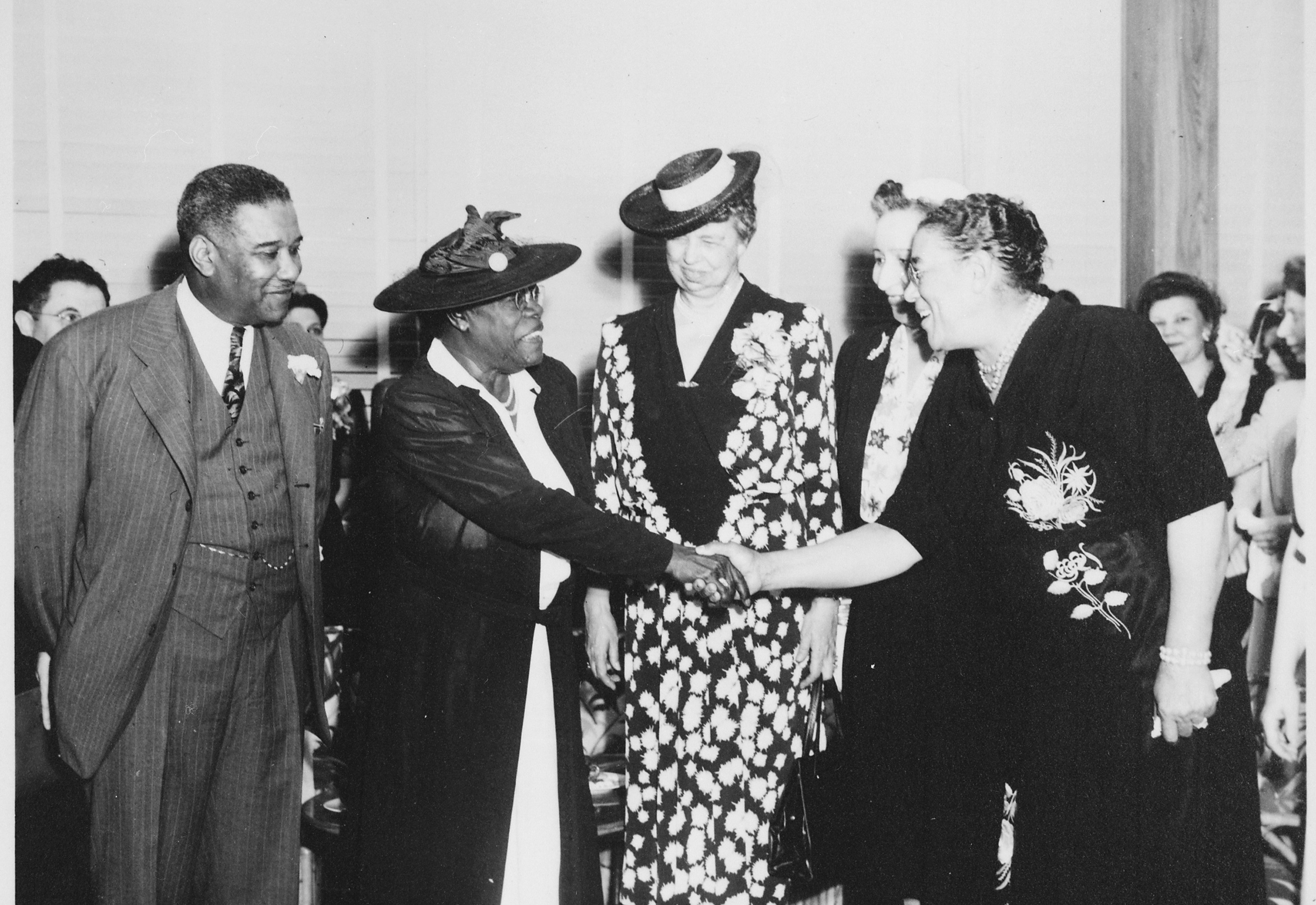Today is February 27 and although it may not be apparent, we are at a transition of immense significance. As we move from Black History Month to Women’s History Month I see a window of opportunity to draw attention to the intersection of the two.
Indeed, what we’re discussing here is intersectionality – specifically that of race and gender. For those who might not be too familiar with this concept, take a look here.
It is easy to try to separate people into categories – to assign them to this group or that one, effectively putting them in boxes. From my experience, this seems to happen because, historically speaking, civil rights movements have been organized separately, but people are rarely perfectly distinct entities.
A woman is never just a woman. Her identity in the public sphere might depend upon race, class, sexuality and ability, to name a few possibilities. Her experience will be multidimensional, and thus the oppression she faces, by virtue of being, at the very least, a woman, will also be multidimensional.
Oppressive regimes are all fundamentally the same: they disenfranchise sectors of the community, so unity among oppressed peoples becomes important in order to break down such regimes.
The goal of black feminism is not to diminish the struggle of the white woman, but rather to highlight the intensified oppression of the black woman. A black woman is oppressed because she is black and then further oppressed because she is a woman.
Sources often cite the fact that women make 77 cents for every dollar a man makes, but this number mostly applies to white women. Black women make 64 cents for every dollar earned by a white man. More than 25 percent of all black women are living in poverty, whereas the same statistic sits at 12 percent for white women. Black women are two and a half times more likely to face fatal domestic violence.
And yet, black women have reduced platforms in both the race and gender movements. We have somehow interpreted feminism to mean solidarity for white women and antiracism to be a tool for black men.
In her piece, Mapping the Margins: Intersectionality, Identity Politics, and Violence Against Women of Color, Professor Kimberle Williams Crenshaw says it better than I ever could:
“…I consider how the experiences of women of color are frequently the product of intersecting patterns of racism and sexism, and how these experiences tend not to be represented within the discourses of either feminism or antiracism. Because of their intersectional identity as both women and of color within discourses that are shaped to respond to one or the other, women of color are marginalized within both.”
It is quite extraordinary that black women, doubly relegated by society’s machine, have harnessed the power that they have. (I, of course, mean this from a position of awe and respect, not one of patronization.) We need to celebrate that and work towards dismantling oppression for all of those groups that find themselves somehow marginalized in society.
Harriet Tubman. Rosa Parks. Maya Angelou. Ellen Johnson Sirleaf. Fannie Lou Hamer. Ruth Simmons. The list of influential black female activists is endless. Please try to pay homage to them, or at least to those who speak to you.
